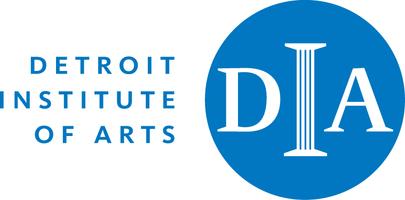The Drive to Save Detroit's Art Collection from Bankruptcy
Friday 17th January 2014 While it may not be common knowledge in much of Europe, America's car manufacturing heartland is having some troubled times of late. After talks of bailouts of major car companies and successfully saving a few of them, we're finally starting to see some more complete fallout from the 2008 economic collapse that crippled much of American industry. One of the less-expected casualties from this turmoil, however, was the city of Detroit. Known unofficially as 'Motor City', Detroit was at the centre of American car manufacturing for a number of companies, and the city has been left bankrupt and desolate as jobs moved away and with them, the people. Abandoned houses are common, and the city is struggling to balance its debts.
While it may not be common knowledge in much of Europe, America's car manufacturing heartland is having some troubled times of late. After talks of bailouts of major car companies and successfully saving a few of them, we're finally starting to see some more complete fallout from the 2008 economic collapse that crippled much of American industry. One of the less-expected casualties from this turmoil, however, was the city of Detroit. Known unofficially as 'Motor City', Detroit was at the centre of American car manufacturing for a number of companies, and the city has been left bankrupt and desolate as jobs moved away and with them, the people. Abandoned houses are common, and the city is struggling to balance its debts.
As a compromise, city officials and the museum directors agreed to forestall the sale of the collection provided that the museum was able to fund itself and contribute money towards paying the city's pension obligations, which are a major source of debt. In January, museum officials said in a statement that they would push their fundraising capabilities to the outer limits and beyond, hoping to raise $100 million to join forces with the roughly $375 million already being contributed to the museum by a number of private institutions and fundraising groups in an effort to keep the museum doors open and the collection intact.




